Paper engineer Benja Harney in his Surry Hills studio. Photograph courtesy of Damien Bennett.
With seemingly surgical precision and skill, designers and artists are transforming humble paper into whimsical works of art.
Once treasured, paper may have lost its primacy in the digital age, but artists and designers across the world see the medium as versatile and ripe for reinvention – perfect fodder for those looking to return to more tangible forms of creative expression.
‘Paper art’ seems to engender an excitable passion in people. Nicky Ginsberg, director of NG Art Gallery in Sydney, had represented Australian paper artist Lizzie Buckmaster Dove for several years when she stumbled across the book Papercraft (Gestalten) at the Tate in London and was astounded by the skill and imagination within. A few years on, she has invited more than 15 internationally recognised paper artists to partake in an exhibition at her Chippendale gallery in March 2012.
“Paper art is becoming recognised at a global level, where it stops being craft and becomes art,” says Ginsberg. It’s the perceived ordinariness of the material that makes its metamorphosis so interesting. “There’s a sense of wonder about it because it’s a material people use every day.”
“They don’t realise when they pick up a piece of paper what it can actually do,” observes one of Australia’s better-known paper workers, Benja Harney, who is participating in the show.
“Serendipity more than design” led the trained graphic designer to “paper engineering”, as he calls it. He developed his skills by studying pop-up books. “There are probably only 30 different techniques. It’s like a piece of music – you hit a certain chord and you just add the notes together to create a different piece.”
He puts in 18-hour days with scalpel in hand, Patti Smith playing on his computer, and past works to keep him company. He is reluctant to part with completed commissions. The section of the studio he shares with a jeweller and an artist is an ever evolving retrospective exhibition of his career.
In the assortment of brightly coloured paper objects above his desk, recent works, such as pink flamingos, sit alongside his earliest works: a crown and faceted orb decorated with tiny paper jewels. Using the most humble tools – coloured paper, scalpels, glue – Harney strips objects to their core, conveying their essential qualities with carefully placed folds.
“I made seven pairs of those wings,” he says, looking at a set hanging above his desk. “That was a real lesson, being precise for 30 days in a row. But I find it quite meditative. You have to concentrate and repeat, repeat, repeat.”
Failure comes cheap with paper and the artists show what can be achieved with an adventurous spirit and scissors or scalpel. Canadian woodworker Colin Schleeh explores paper’s capacity for strength when layered or folded in a hand-cut paper and wood sculpture; Cara Barer exposes the beauty of aged books; and Hina Aoyama’s barely-there lace-like illustrations and word pieces, hand-cut using scissors, are a feat of ephemera.
“You have to be a very specific type of person to work with this medium,” observes Ginsberg. “You can’t be big and bold and brash; it demands a certain attachment to self and an intense and extraordinary patience.”
As Harney told his design teacher when she warned him of the importance of precision, perfection, while elusive, is attainable. “Perfect? I can do perfect,” he told her, and it’s while chasing that perfection that the magic occurs.
This story was first published in Vogue Living Mar/April 2012.



